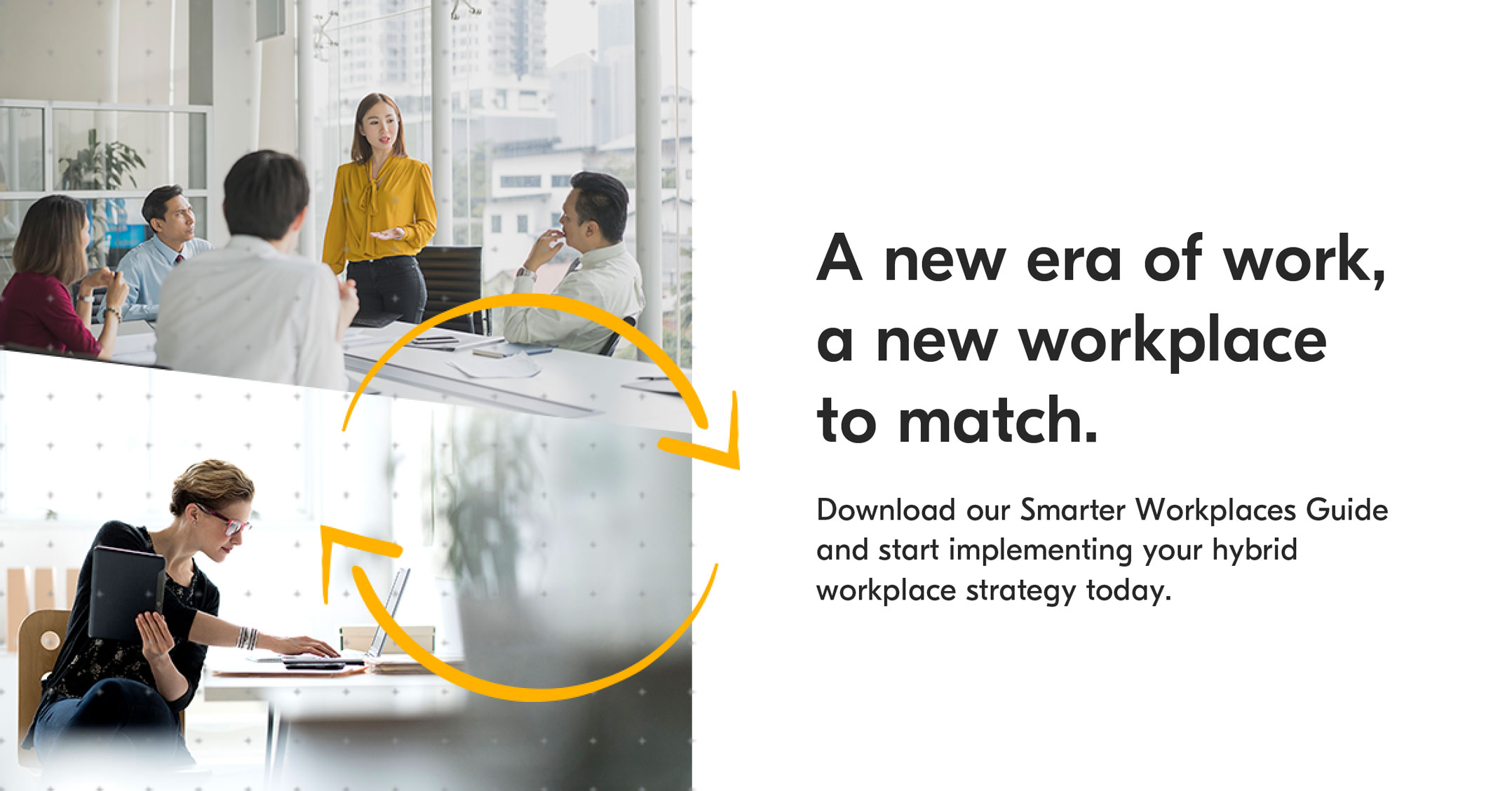 In 2020, many organisations were forced to adopt new ways of working as the Covid-19 pandemic had an unimaginable impact on the workplace. By the end of the first half of the year, an estimated 93% of global workers lived in countries with workplace closures in place, according to the International Labour Organisation. Research from Gartner predicts that at least 48% of employees will continue to work remotely in some capacity after the pandemic.
In 2020, many organisations were forced to adopt new ways of working as the Covid-19 pandemic had an unimaginable impact on the workplace. By the end of the first half of the year, an estimated 93% of global workers lived in countries with workplace closures in place, according to the International Labour Organisation. Research from Gartner predicts that at least 48% of employees will continue to work remotely in some capacity after the pandemic.
With many workforces split between the office and home, hybrid workspaces solutions have evolved to cater to employees who now work at any time and from any place. Organisations that evolve with this rapidly changing workplace will see the most benefit both now and in years to come, especially as there is continued uncertainty worldwide around the pandemic and economic pressure.
Hybrid workspaces present numerous advantages in both the short and long term. They provide organisations with the flexibility and agility to respond to the constantly changing business environment and allow business operations to continue through economic and social disruption. Furthermore, they provide employees with benefits such as a better work-life balance, reduced commute time and the opportunity to live away from major city hubs.
From a long-term perspective, hybrid workspaces provide increased resilience and scalability in a rapidly changing world, as well as improved employee experience. To make that happen, business leaders need to take a strategic approach to implementing their hybrid work environment, identifying the new technology and services they need to foster productivity, connectivity and security in this new way of working.
Download this e-book, which will help organisations to implement a hybrid workspace strategy based on three stages.
- This promoted content was paid for by the party concerned




